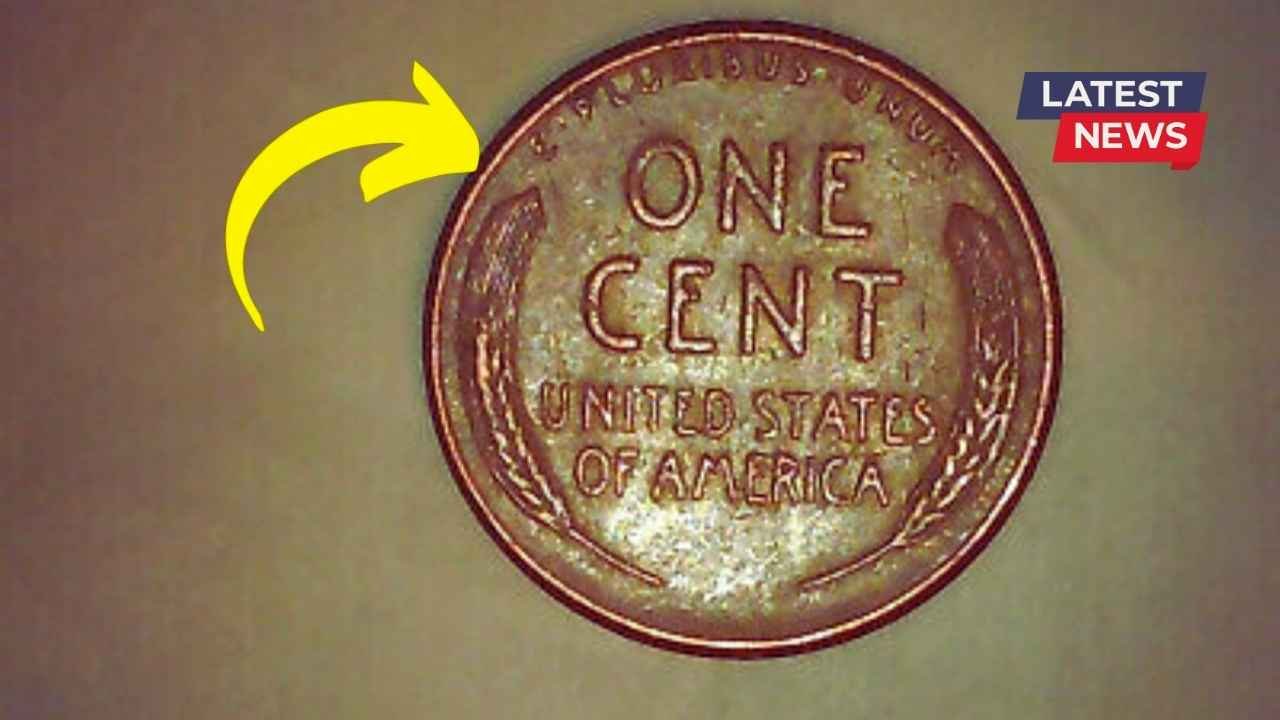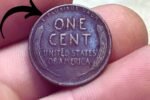Imagine finding a penny worth $1.5 billion in your pocket. The Lincoln Wheat Penny, a simple coin from decades ago, has collectors in a frenzy. Minted between 1909 and 1958, it shows Abraham Lincoln on one side and wheat stalks on the other. Most are worth just a cent, but a super-rare version could be valued at an astonishing $1.5 billion. Even wilder, experts believe this coin might still be out there, mixed in with everyday change. Here’s why this penny is a big deal and how to spot it.
A Coin Packed with History
The Lincoln Wheat Penny first hit pockets in 1909 to mark 100 years since Abraham Lincoln’s birth. Designed by Victor David Brenner, it was the first U.S. coin to feature a president’s face. The wheat stalks on the back stood for America’s farming roots. In 1943, during World War II, the U.S. Mint made pennies from steel to save copper for the war effort. By mistake, a few copper pennies were made that year. These rare errors are now legendary, with one reportedly valued at up to $1.5 billion due to its scarcity and historical weight.
What Makes It Worth So Much?
Three things drive this penny’s jaw-dropping value: rarity, condition, and its unique story. Only about 20 copper pennies from 1943 are known to exist, making them nearly impossible to find. A penny in perfect condition—shiny, with no scratches or wear—can fetch the highest price. The wartime error adds a layer of intrigue, as these coins weren’t supposed to exist. Other rare years, like the 1909-S VDB or 1914-D, also command huge sums because so few were made. Collectors chase these coins for their history and scarcity.
How to Find a Billion-Dollar Penny
Could you have one? Here’s how to check. Look at the year—1943 is the big one. Next, test if it’s copper by using a magnet. Steel pennies stick; copper ones don’t. Check for a mint mark, like a small “D” for Denver or “S” for San Francisco, under the year. Look for errors, like double-stamped dates or letters, which can raise the value. If you think you’ve got a rare penny, don’t clean it—cleaning can ruin its worth. Take it to a professional grading service, like PCGS or NGC, to verify its value.
| Key Features to Check | Details |
|---|---|
| Year | 1943 (copper version) |
| Material | Copper (doesn’t stick to magnet) |
| Mint Mark | D (Denver), S (San Francisco) |
| Condition | Shiny, no wear or scratches |
| Errors | Double stamps or missing letters |
The Excitement of the Search
The idea that a $1.5 billion penny could be in your change has sparked a nationwide treasure hunt. Stories of rare coins found in piggy banks, flea markets, or even vending machines fuel the excitement. While the $1.5 billion valuation is speculative, a 1943 copper penny sold for $1.7 million in 2010, proving these coins can fetch massive sums. The odds of finding one are tiny, but that doesn’t stop people from checking every penny. Coin collecting is a fun way to connect with history and maybe get lucky.
What to Do If You Find a Treasure
If you think you’ve found a rare Lincoln Wheat Penny, handle it with care. Store it in a soft cloth or coin holder to keep it safe. Don’t sell it right away—get it checked by a professional grading service to confirm it’s real. You can sell through coin dealers, auctions, or online sites like eBay, but authentication is crucial for the best price. Even if your penny isn’t worth billions, many Wheat Pennies sell for thousands. So, next time you get change, take a closer look—you might be holding a piece of history worth a fortune.



